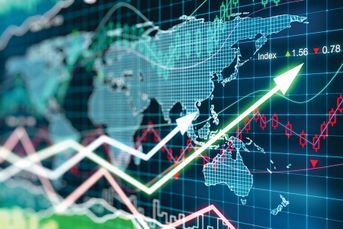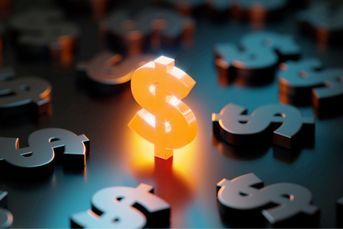Avoid hedge funds’ ETF termite problem
Some of the smartest investors, like John Paulson, are bad role models in their choice of exchange-traded funds, which are often celebrated for their low costs.
Some of the smartest investors are bad role models in their choice of exchange-traded funds, which are often celebrated for their low costs.
The deadline for large investment managers to disclose portfolios to the Securities and Exchange Commission recently passed, and investors have pored over their buys and sells. One instructive part of how the big money invests gets ignored, though. A lot of hedge funds, and institutions in general, own some of the most expensive ETFs.
Hedge funds likely have their own reasons for holding certain ETFs when similar ones are cheaper. They need to know they can trade big stakes and still get good prices, so they want ETFs with lots of trading. Another reason is that they’ve owned a certain ETF for a long time and are comfortable with it. Looking at the fees mega-portfolios pay on their high-cost ETFs drives home how important it is for average investors to choose lower-cost ETFs.
For an extreme case, look at Bridgewater Associates. The investment manager is the largest holder of the iShares MSCI Emerging Markets ETF (EEM), with $3.3 billion worth of shares. It’s charged 0.67% in fees, about four times more than what’s charged for several other liquid, emerging markets ETFs that trade similarly to EEM.
If Bridgewater switched to the iShares Core MSCI Emerging Markets ETF (IEMG), which charges 0.18%, they’d save about $15 million each year. But while IEMG trades a healthy $54 million worth of shares daily, EEM trades $2.1 billion worth. With a $3.3 billion stake, you can see why they’d prefer EEM. For the rest of us, IEMG trades plenty.
Higher fees lead to underperformance and mean an ETF will have trouble tracking its underlying index. Expense ratios are like termites, and the higher the expenses, the more they eat into total return. In the past year EEM lagged its benchmark by 0.64% to IEMG’s 0.06%. That gap is due to fees.
EEM also costs the Ontario Teachers’ Pension Plan and the State of New Jersey Common Pension Plan about $7 million per year. And there are many other high-profile holders of EEM, which has $43 billion in assets. Its cheaper, equally effective, better-performing sibling IEMG has $5 billion.
A high-cost ETF is also a big part of hedge fund manager John Paulson’s portfolio. He has $1.3 billion in SPDR Gold Shares (GLD), which charges 0.40%. If Mr. Paulson moved into the iShares Gold Trust (IAU), which charges 0.25%, he’d save $1.9 million per year. Again, there’s a liquidity gap: IAU’s respectable $26 million worth of shares traded daily pales next to GLD’s $768 million.
For smaller investors, cheaper ETFs like IEMG and IAU trade plenty, and investors can always use limit orders to set the price at which they’ll sell.
Bottom line: Don’t assume big money managers use the “best” ETFs. They have different needs and cost may not be their highest priority.
Learn more about reprints and licensing for this article.








